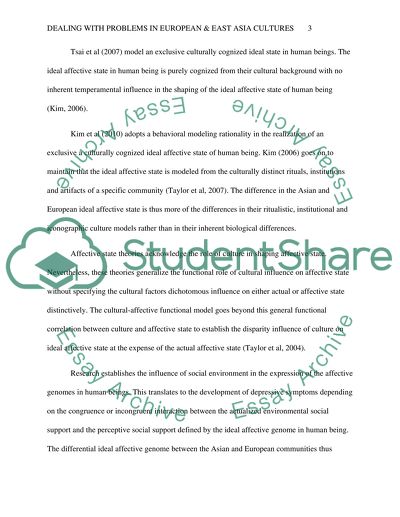Cite this document
(“Research Proposal on how people deal with problems and how social Paper”, n.d.)
Research Proposal on how people deal with problems and how social Paper. Retrieved from https://studentshare.org/psychology/1463419-research-proposal-on-how-people-deal-with-problems
Research Proposal on how people deal with problems and how social Paper. Retrieved from https://studentshare.org/psychology/1463419-research-proposal-on-how-people-deal-with-problems
(Research Proposal on How People Deal With Problems and How Social Paper)
Research Proposal on How People Deal With Problems and How Social Paper. https://studentshare.org/psychology/1463419-research-proposal-on-how-people-deal-with-problems.
Research Proposal on How People Deal With Problems and How Social Paper. https://studentshare.org/psychology/1463419-research-proposal-on-how-people-deal-with-problems.
“Research Proposal on How People Deal With Problems and How Social Paper”, n.d. https://studentshare.org/psychology/1463419-research-proposal-on-how-people-deal-with-problems.


